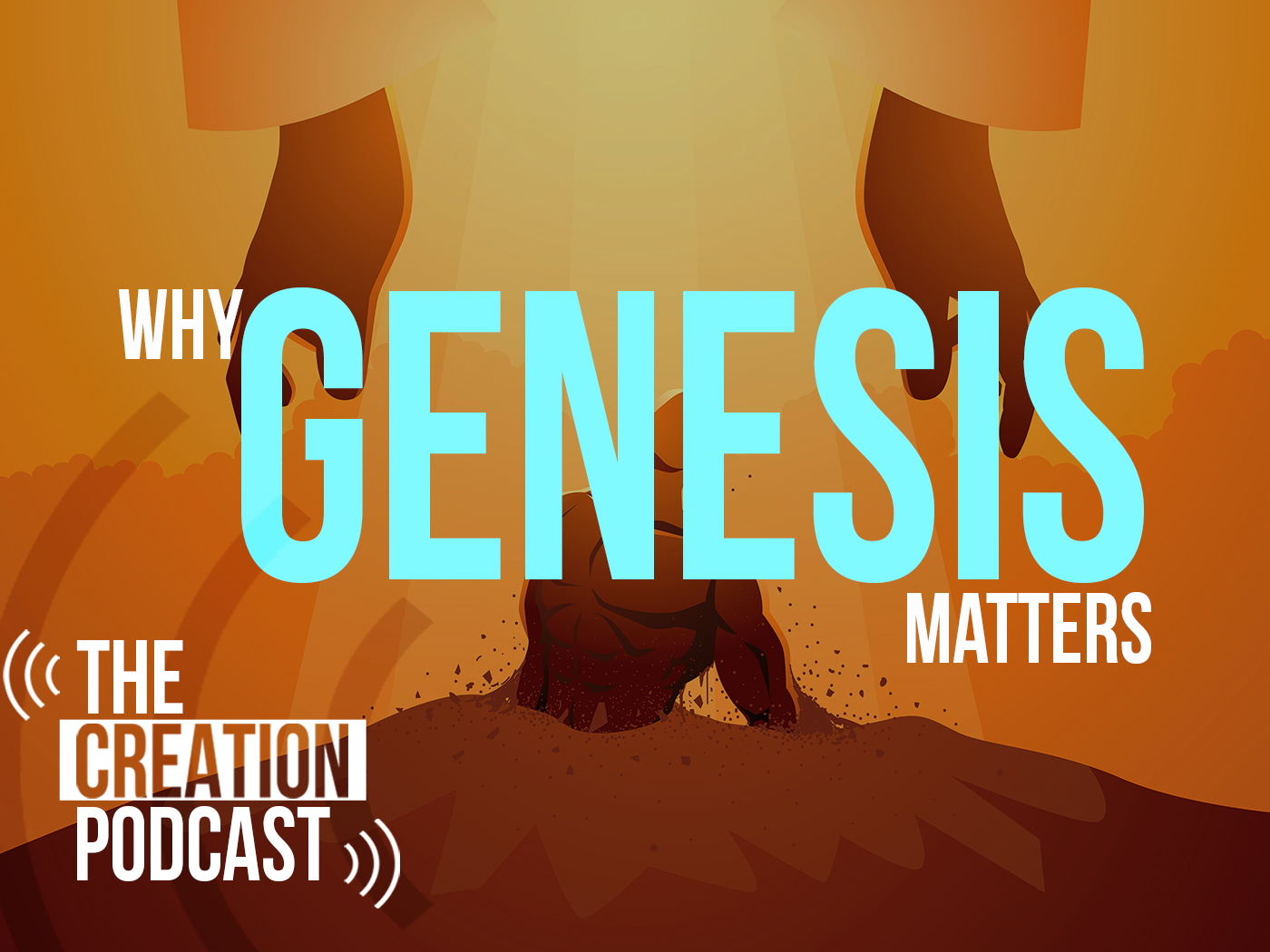by Andrew A. Snelling, Ph.D. and John Woodmorappe
Presented at the Fourth International Conference on Creationism, Pittsburgh, Pennsylvania, August 3–8, 1998, and published in: Proceedings of the Fourth International Conference on Creationism, R. E. Walsh (editor), pp.527–545, 1998.
© Creation Science Fellowship, Inc. Pittsburgh, Pennsylvania, USA. All Rights Reserved.
Abstract
Not only is the presence of water deep in the earth’s crust crucial in producing granitic magmas, but water is also included within such melts. Once a pluton is emplaced (probably rapidly by dikes) and crystallization begun, the magma’s water content significantly aids cooling. Meteoric water also penetrates into the pluton via joints and fractures that develop in the cooled outer rind of the pluton, setting up hydrothermal circulation. The permeability of the cooling pluton is maintained as the cooling/cracking front penetrates inwards, while vapor pressures ensure the fracturing of the surrounding country rocks. Thus convective cooling rapidly dissipates heat over a timescale compatible with a young earth.
Keywords
Granites, Plutons, Magmas, Water Contents, Conduction, Convective Cooling, Permeability, Joints, Fractures, Hydrothermal Activity
For Full Text
Please see the attached PDF file for the entire article.













